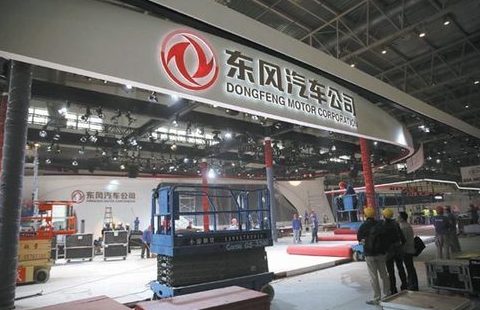Economists warn against lending to less-developed provinces
By ZHENG YANGPENG (China Daily) Updated: 2015-01-07 11:22The governments of Jiangsu and Xinjiang have also pulled support for their financing vehicles' planned debt sales.
As a result, yield premiums on one-year AA notes, the most common ranking for such issuers, jumped a record 98 basis points in December.
"LGFVs are facing a tough financing environment because the government is cutting reliance on them," said Huo Zhihui, an analyst with China Credit Rating.
"We can't exclude the possibility there may be bond defaults by some lower-level governments' LGFVs or some from regions that have difficulty in raising money."
Bloomberg's findings loosely echo earlier similar research.
Standard & Poor's Ratings Services said in a November report that half of China's regional governments could warrant junk-level credit ratings with all three northeast Chinese provinces having what it called "speculative-grade credit features". Four out of the six provinces in Central China, and six of the 11 in western China were also given the title.
According to the National Audit Office, China's provinces had racked up a massive 17.9 trillion yuan ($2.9 trillion) of debt as of June 2013. This year, 2.8 trillion yuan in debt is coming due and LGFVs have to repay 558.7 billion yuan of bonds this year.
"The first defaults by local borrowers will probably be stage-managed by China's leadership and will reflect a combination of political and economic factors," the Bloomberg report said.
However, some analysts expect the central government will not allow such defaults to happen, and unlike the national system, a Chinese region's repayment ability cannot be viewed individually.
- Iron ore inventories drop as steel mills replenish holdings
- China to support civil litigation against environmental offenders
- Economists warn against lending to less-developed provinces
- Service sector offsets weak factory output
- Sinopec given approval for private capital injection
- Web giants step into consumer spending records
- China tells banks to check for illegal activity in the forex market
- Holders claim prepaid cards 'useless'

















